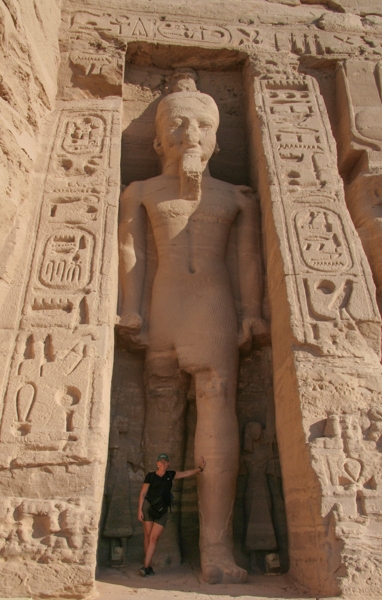I must confess – I’m not really into ancient sites, it’s just not my thing.
I was bored by Pompeii, disinterested in the Parthenon, and I skipped the Roman Forum altogether – for some reason – these places just aren’t as interesting to me as simply going and sitting in a café and people-watching present-day culture, or trekking to a village and meeting the locals.
However, when you travel around the world for a living, I can’t have people saying to me, ”What do you mean you didn’t go to Pompeii?!!” in shock and horror. They’d look at me as if I was an idiot. By the way – I’ve now been to Pompeii twice…two too many times.
In fact – I’m not really sure if it was a good idea that I admitted to never going to the Roman Forum – but you can lecture me later on that.
When I arrived in Egypt and realized that one of the big draws to Egypt is all of the ancient sites – I didn’t exactly jump for joy. Sure, I really wanted to see the Pyramids, but beyond that, I honestly really didn’t care too much.
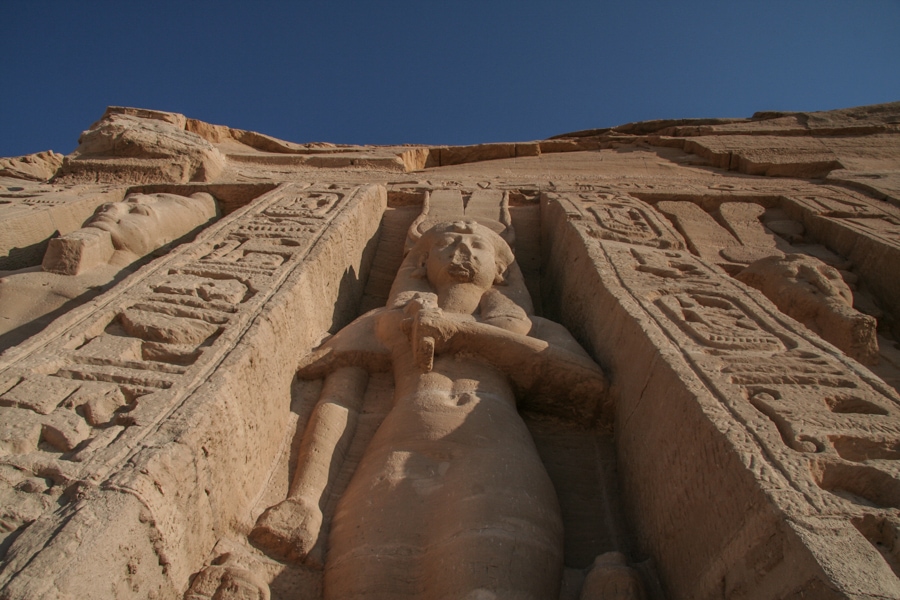
Table of Contents
Egypt has More Ancient Sites than Just Pyramids
I decided to do a 2-week Intrepid Tour of Egypt and as part of that, you visit much more than just the Pyramids. We visited Abu Simbel, Valley of the Kings, the Pyramids, Luxor Temple, Philae Temple, Kom Ombo Temple, and Edfu Temple, Medinat Habu Temple, and the Sphinx. For someone who isn’t a temple person…this is overload.
I was impressed with how well-preserved all of the ancient Egyptian sites were. Many were so well intact that it seemed almost fake. I tried to find ways that I could get excited about the ancient temples and artifacts, I tried to walk into the site and think about what it was like when it was bustling with people and functioning as a temple. But even though I’m a creative person – trying to imagine what it was like thousands of years ago really wasn’t effective for me.
As I looked around at the ancient sites of Egypt, one thing kept running through my head; how the hell they got there and how long it took them to build it.
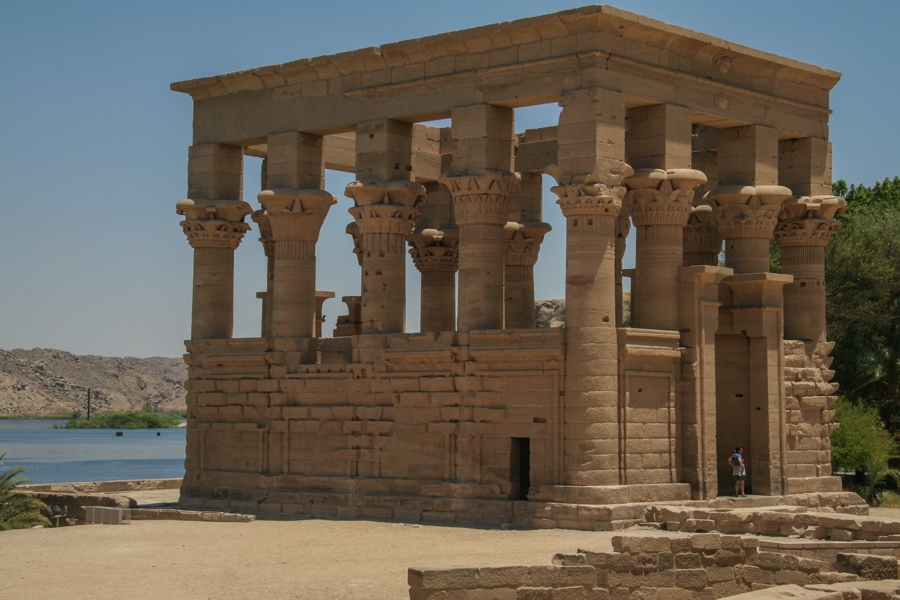
How Did These Ancient Egyptian Sites Come to Be?
In my old life, I was a Project Manager. My job was to understand what the customer wanted and break it into hundreds of achievable little tasks that when done in the correct order would yield the final product. This also meant that I had to acquire and assign the resources to the tasks, manage those resources, deal with delays and budget overruns, and provide constant updates to my customer. Some projects were harder than others, some took a couple of years, some took a couple of months.
So, when I started touring the temples and tombs of Egypt – the one question that kept coming to my mind was.
“How did they ever put together a project plan for this?”
We live in a society today that is all about immediate gratification. I think that’s why I struggled so much in understanding how these temples were ever finished. How in the world did you motivate people to keep working for years, and years, never really seeing the finished product? Or – better yet, when the king who backed the project died, how did it still get completed – especially when someone else was now in power?
I had so many questions when I put it in my modern-day perspective.
Succession Plans – What Happens When the Manager or Customer Dies?
Think about it, something like Abu Simbel took about 20 years to build. Lifespans in ancient Egypt were short. So that means there was turnover during those 20 years. Plus, it’s a good bet the original project manager assigned to the Abu Simbel project also died before it was completed – so a new person had to take over.
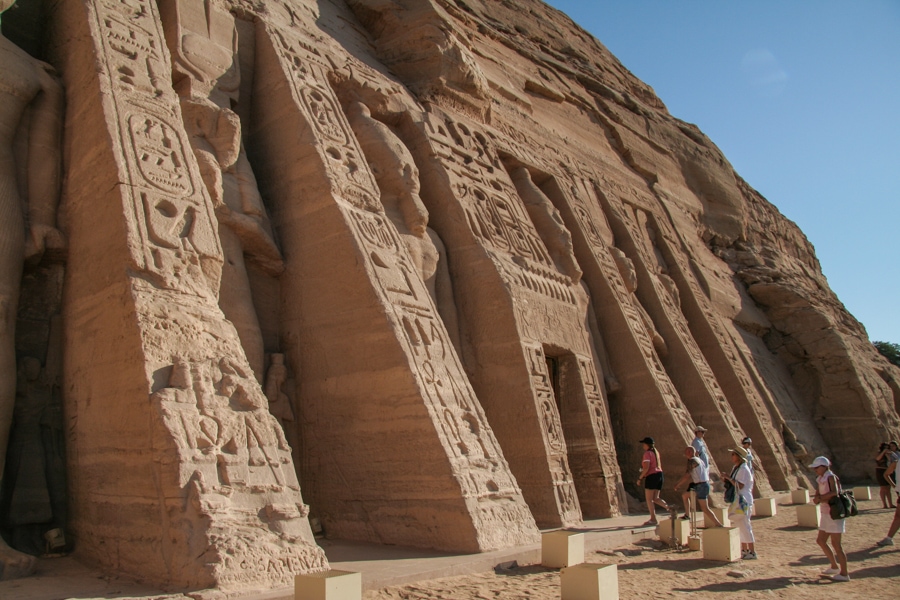
Hell, the ‘customer’ (King) didn’t even live long enough to see the finished project normally!
People Management – How Do You Keep Everyone Happy?
Your project team for a site like the Pyramids may have included about 50,000 men. My typical project team consisted of 20 people – and that was hard enough to control! Someone might not be pulling their weight, someone doesn’t get along with the next person, someone thinks they deserve a better position, someone always shows up to work late – the list of people issues could go on and on. Dealing with those issues with thousands of people – well, that takes an immense amount of patience and organization.
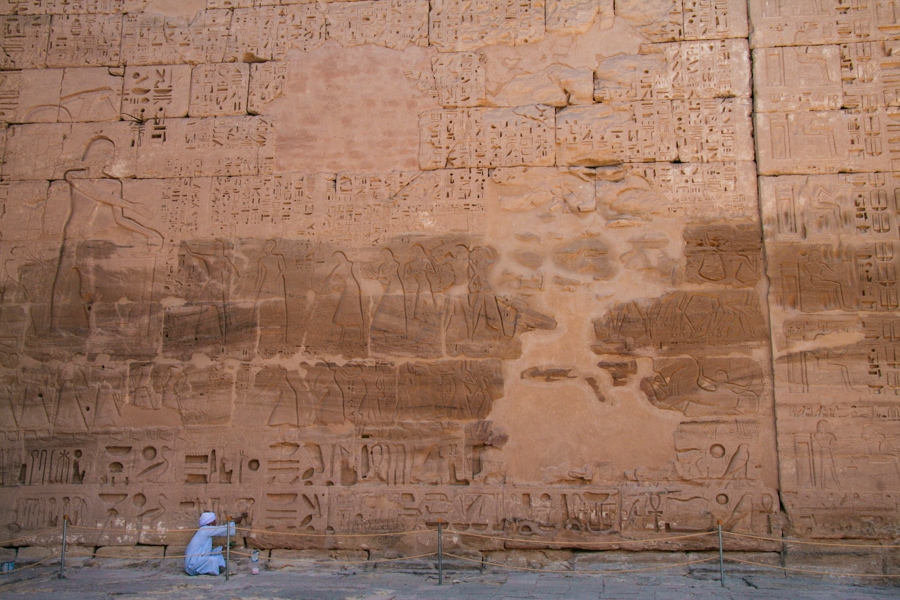
Getting Answers on How The Ancient Egyptian Projects Worked
After the 5th ancient Egyptian site, I finally had to seek out some answers – so I went to Connie, the high school history teacher (and temple lover) in our Intrepid tour group to ask her how this all worked.
Once a King took power, he would decide upon how many ‘structures’ he wanted to build – this normally consisted of a few temples (for him and his queen) that displayed his might and generosity, and a tomb for his afterlife. He would then discuss this with his appointed priests and provide them with the authority (papers with his seal on it) to get the job done.
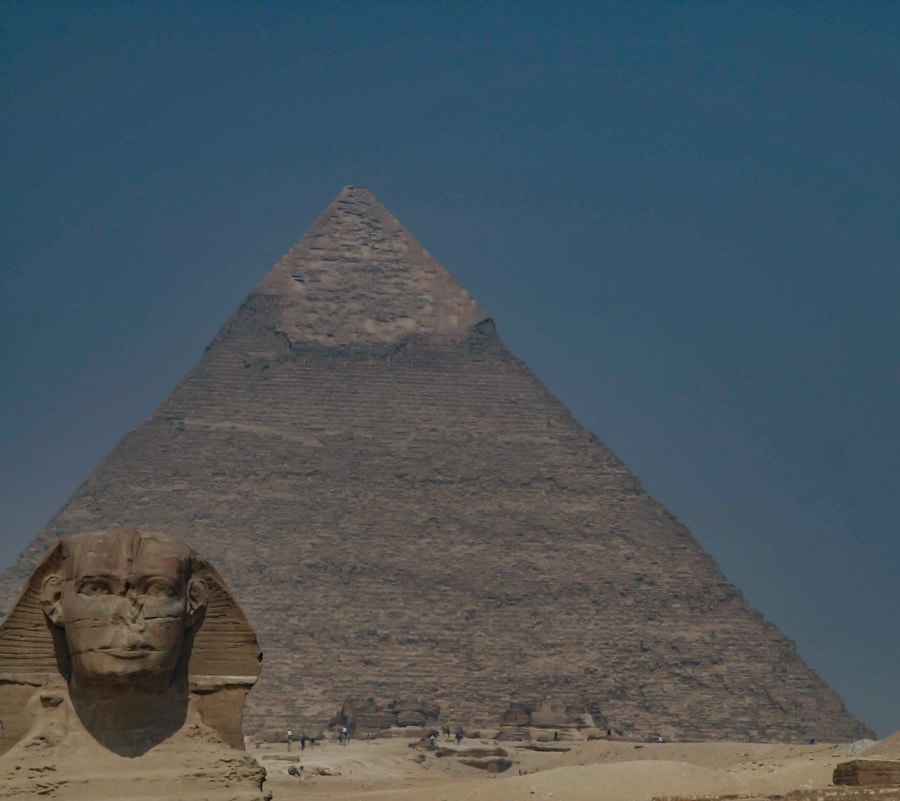
Priests as Project Managers
The priests were really the project managers in this ancient org chart. They were given this job because they were the only people in the community that could read and write, therefore they had a high-up position in society and a close relationship with the King.
The priests went away for a couple of years to draw up the architectural plans. Then they’d share the plans with the King and get his final sign-off. After this, the Priest’s real work began – he was responsible for gathering labor and making it all happen; he was the project manager.
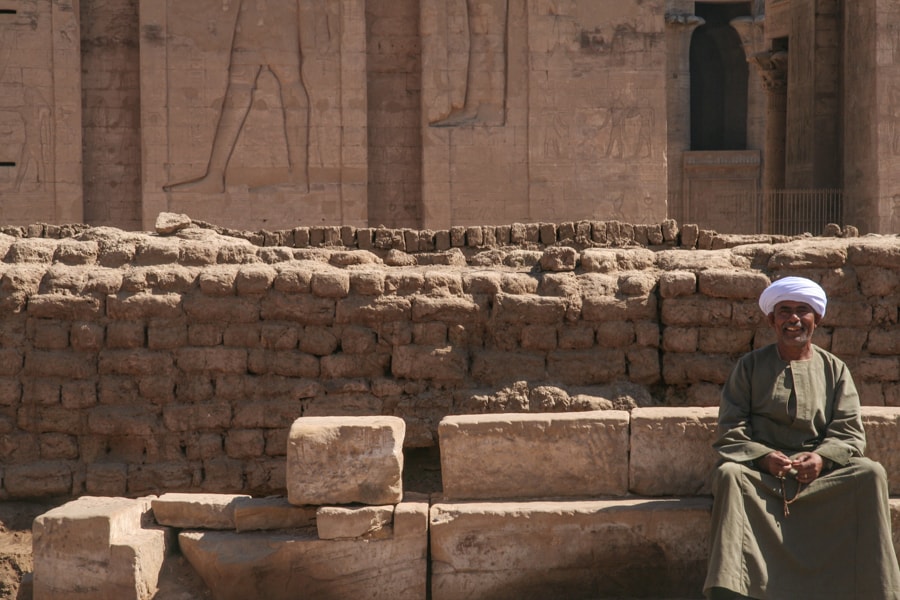
You would think that acquiring labor would be one of the hardest parts of the project – but it wasn’t. Many people wanted to do the work – especially in the flood season when there were no crops to tend to. Working on a project for the King meant free food and lodging, people took pride in working on a royal project and showing off their workmanship/skill. Finally, it gave people some good karma – because in Egypt – it’s all about the afterlife.
The issue of turnover due to death or old age wasn’t really an issue either as in those times, kids were trained in their father’s skills – so the child just took over where the father left off. By this theory, I would have ended up an Engineer working for Caterpillar all my life…that would have been a sight!
Learn how to eat pizza like an Italian
That leaves the question of what happens when the King dies before the work is done – does the work stop – or does it carry on? The real answer is, ‘it depends on how much the new King liked the old one’!
However, the King’s seal is supposed to be good after his death – therefore that approval that the priest got 40 years ago – is still valid and the project is finished.
The Near Disaster of Abu Simbel: Contingency Planning That Has to Last Centuries
Like any good project manager – you always have to have a contingency plan because something ALWAYS goes wrong. I wondered if the priests had contingency plans:
- What if they ran out of herbs to make blue paint
- What if the king died
- What if there was a hieroglyphics strike
- Or what if centuries after you finished the temple, they build a dam on the Nile in Aswan Eygpt and you end up flooding the very temple that you worked so hard to create?
This is exactly what happened to the famed Abu Simbel Temple. In 1960 a dam was built, it flooded the area and sent the Nubians fleeing to higher ground. It also threatened the existence of Ramses II great masterpiece – Abu Simbel.
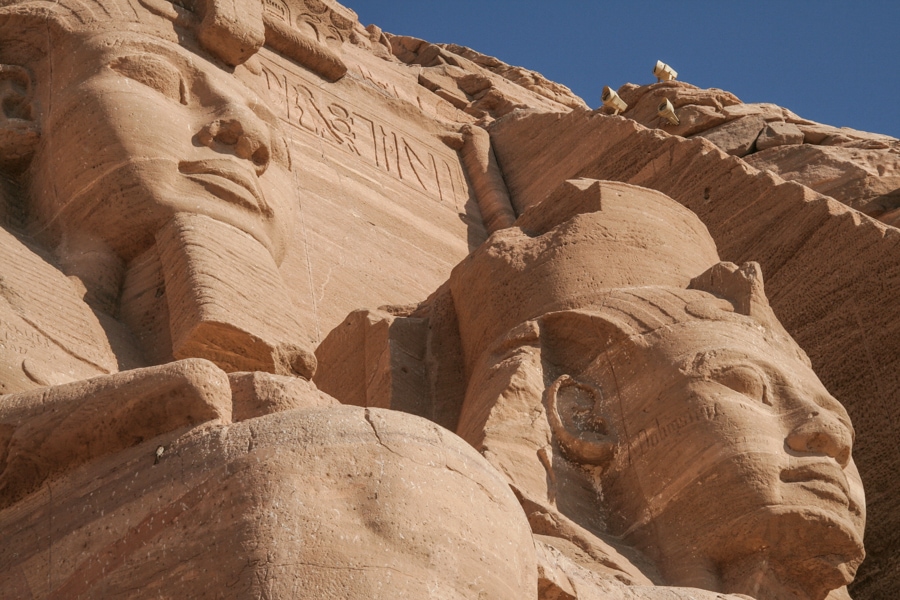
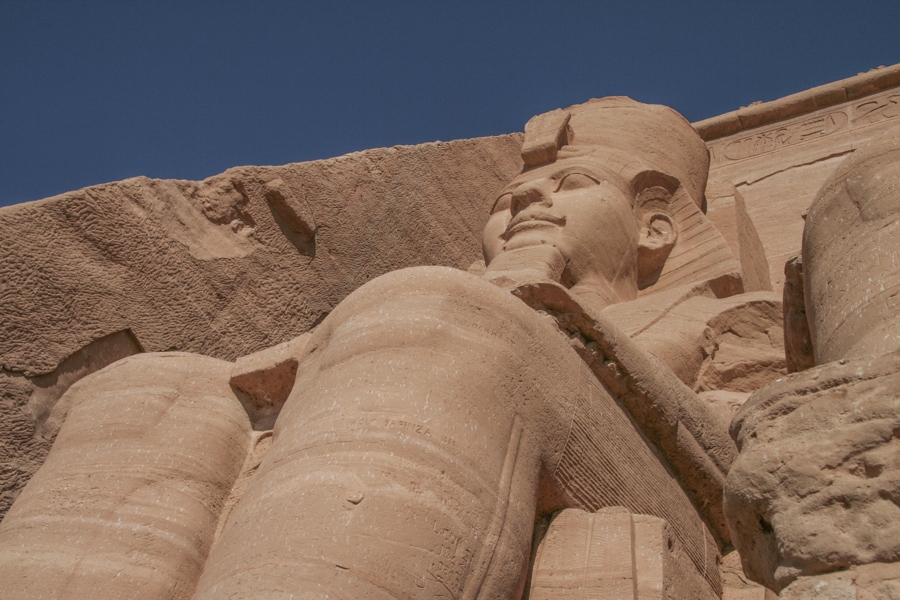
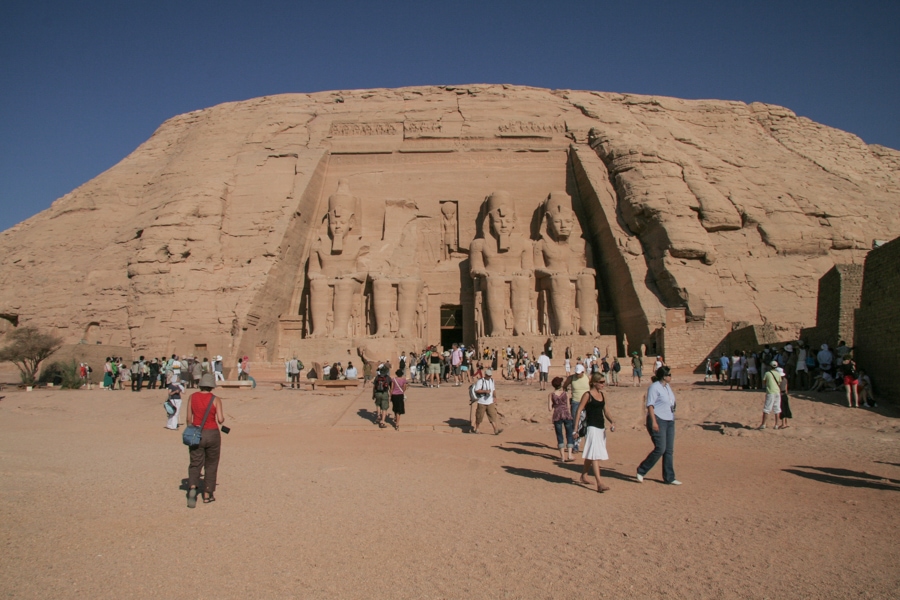
Luckily a team of architects from all over the world sponsored by Unesco embarked upon a huge plan to actually move the massive temple to higher ground. This would seem like an impossible undertaking as the temples are huge and intricate – but they did successfully move the temples to higher ground – cutting them apart and then putting them back together like a jigsaw puzzle.
The temple now looks out over the waters of Lake Nasser.
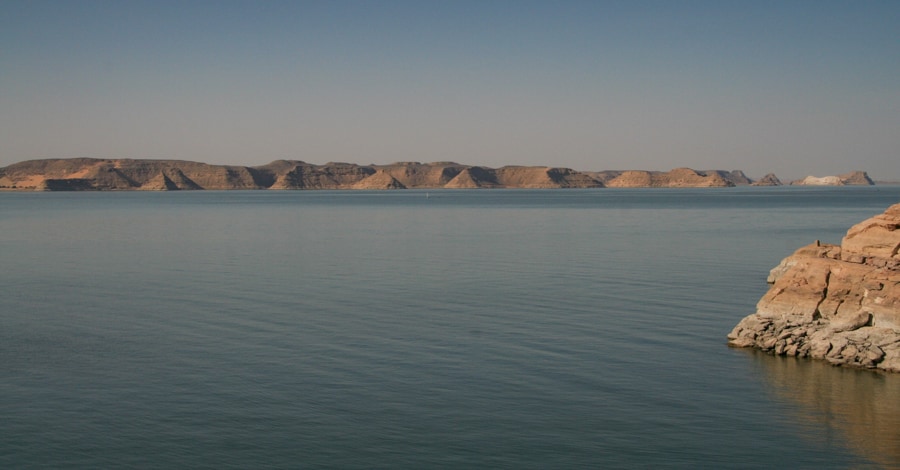
Ancient Egyptian Sites Under a Modern-Day Lens
By considering how they planned and executed these massive projects helped me visualize it and respect these ancient sites.
The Priest’s work was hard – but it demonstrates to me that Project Management is actually an ancient job….and it was a good one to have back then!
I never in a million years thought I’d have something in common with a priest! Maybe we could have reviewed his project’s work breakdown structure, critical path, budget, and Gant chart over a few ancient Egyptian beers by the Nile River. I probably could’ve learned a few lessons from him and him from me!
